Q&A: Conservation practices and CAUV savings
Learn more about eligibility and how to include conservation practices on CAUV enrollment forms.
Read MoreInvesting in Farmers’ Responsible Land Management Practices
Important funding has been allocated to partner with farmers in the Maumee River Watershed to continue expanding best practices focused on proactive conservation solutions to address the state’s water quality. Steps are being taken to increase the reach of programs like Blanchard River Demonstration Farms Network and H2Ohio to invest in these practices in every corner of the state.
Here are some ways we have worked to support conservation.
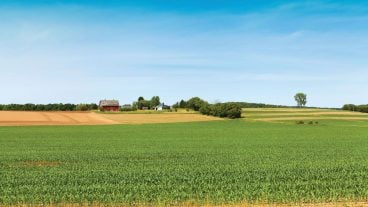
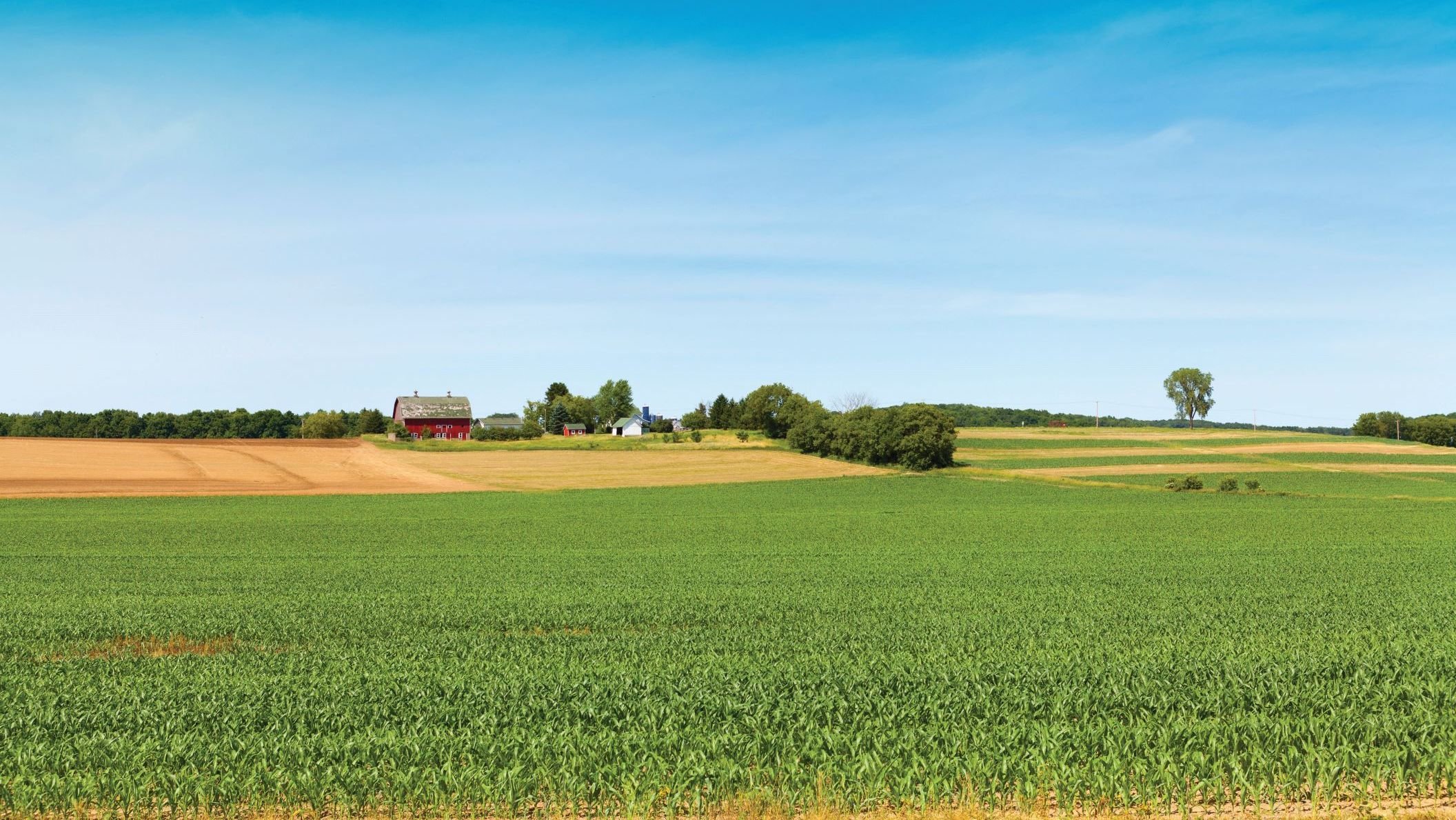
Learn more about eligibility and how to include conservation practices on CAUV enrollment forms.
Read More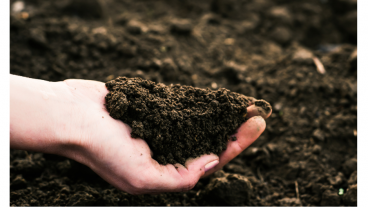
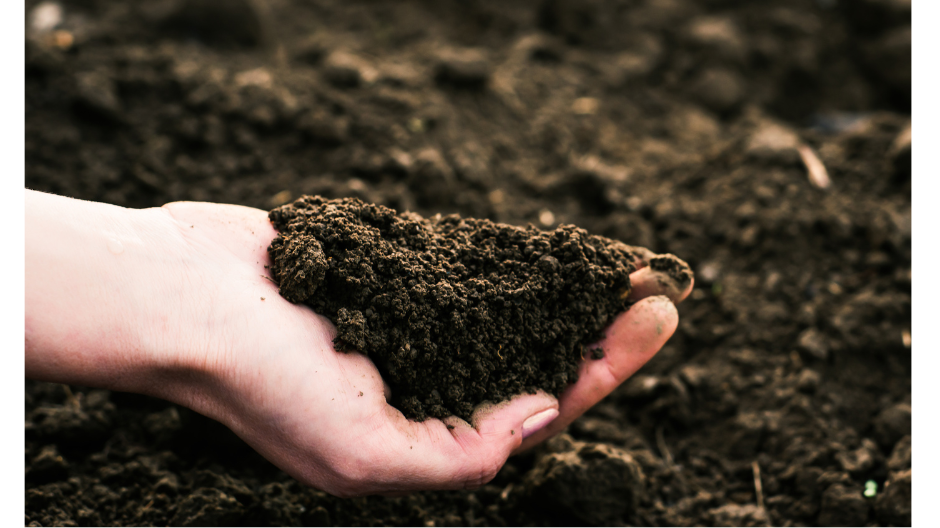
Members had the opportunity to collect two soil samples and deliver them to their county SWCD office between March 25-29.
Read More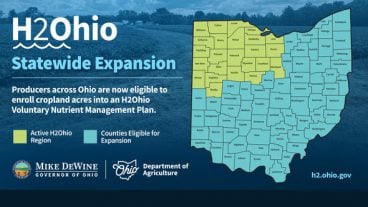

ODA will enroll 500,000 acres into the program during a sign-up period ending Friday, May 31, 2024. Contact local SWCD offices to apply.
Read More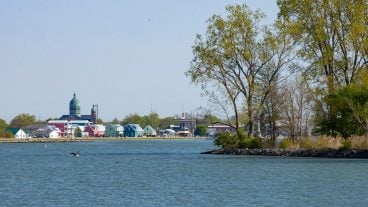
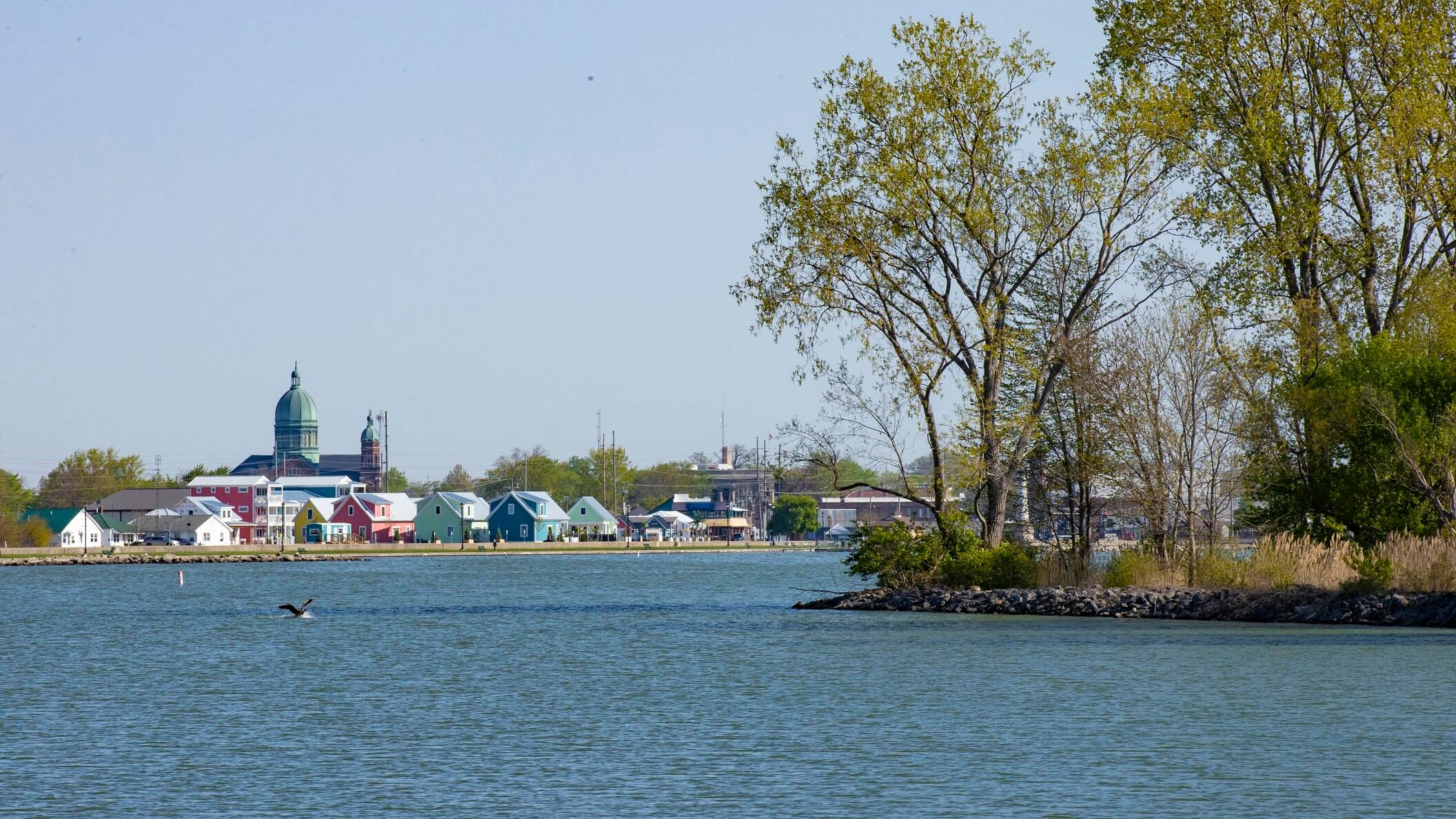
After decades of decline, how did the community pull together to push Grand Lake St. Marys in the right direction?
Read More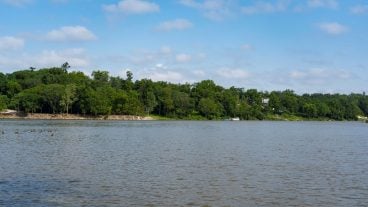
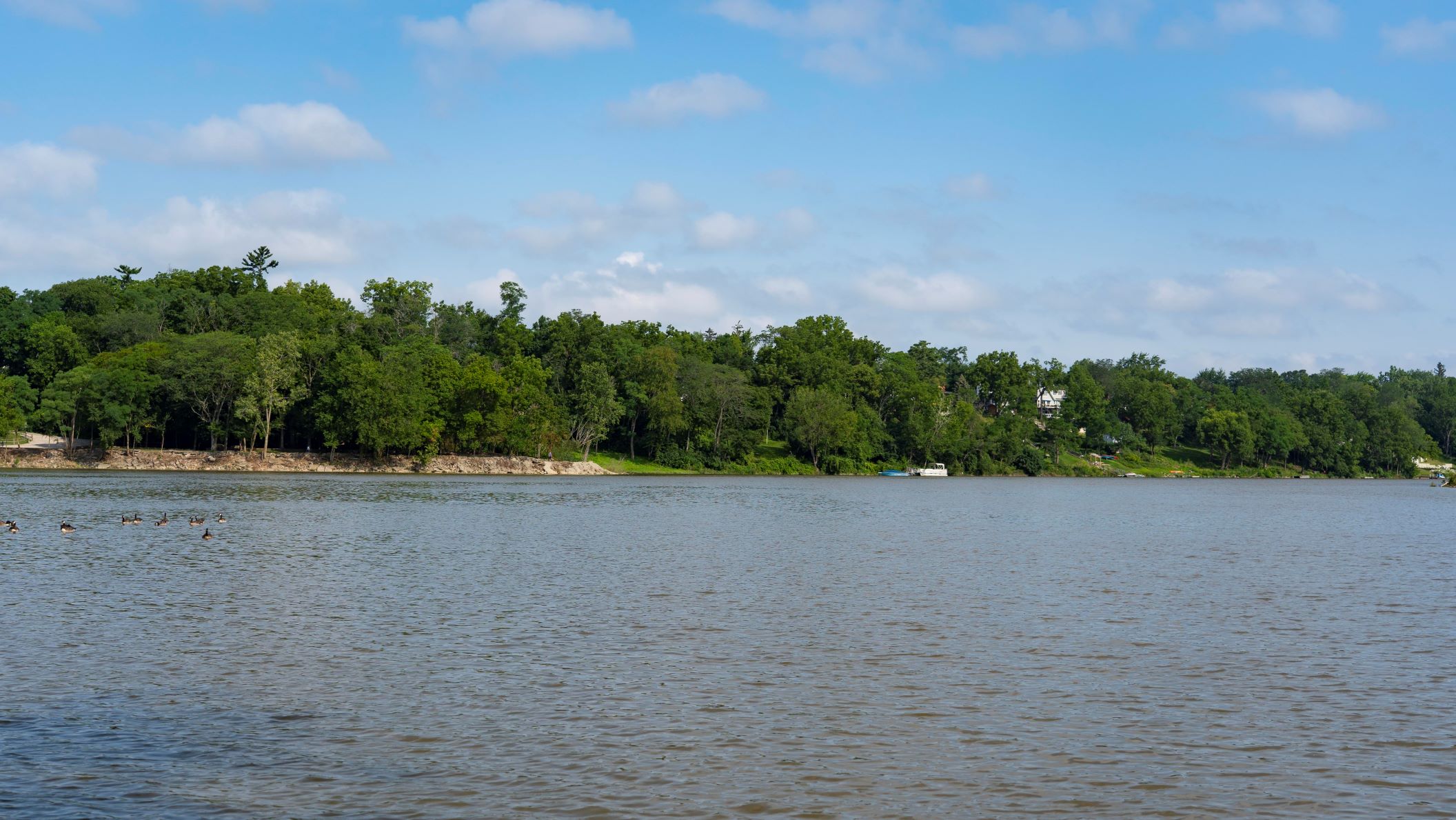
The plan establishes a total maximum daily load for phosphorus for the Maumee River Watershed.
Read More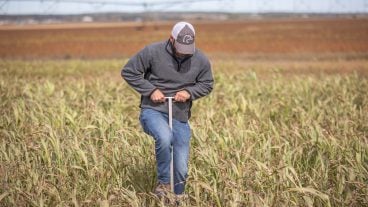
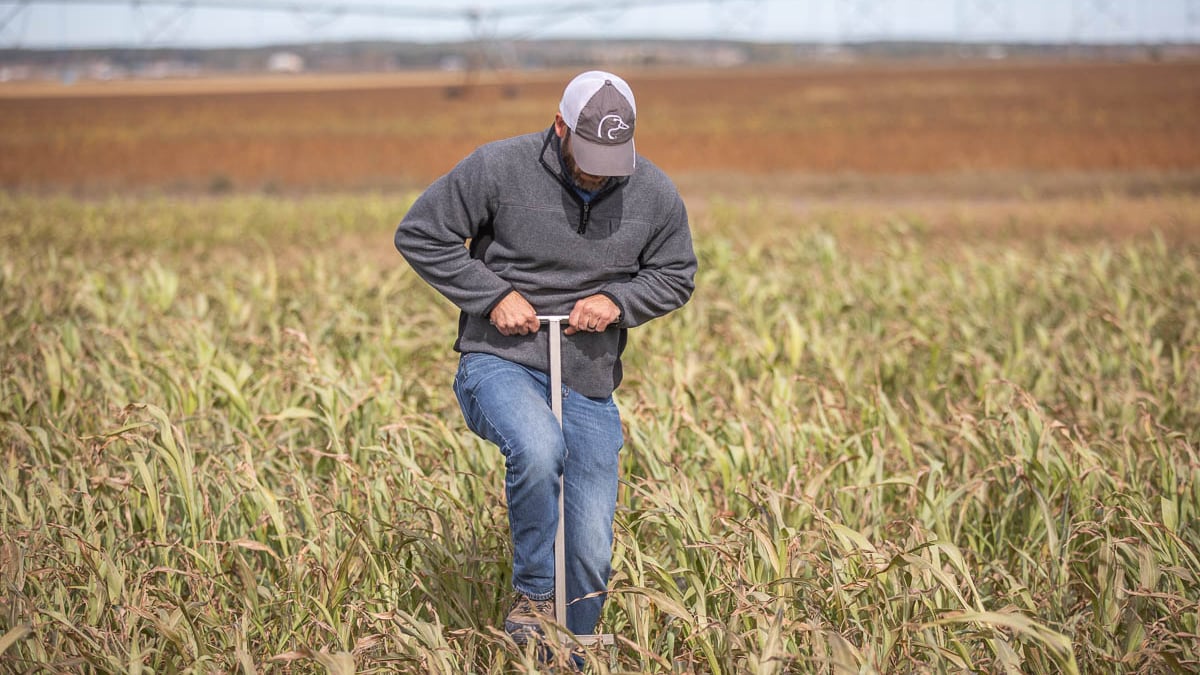
Ducks Unlimited will work with private landowners to enroll acres into cover crop one-year contracts. Landowners receive a $15- to $25-per acre incentive payment.
Read More
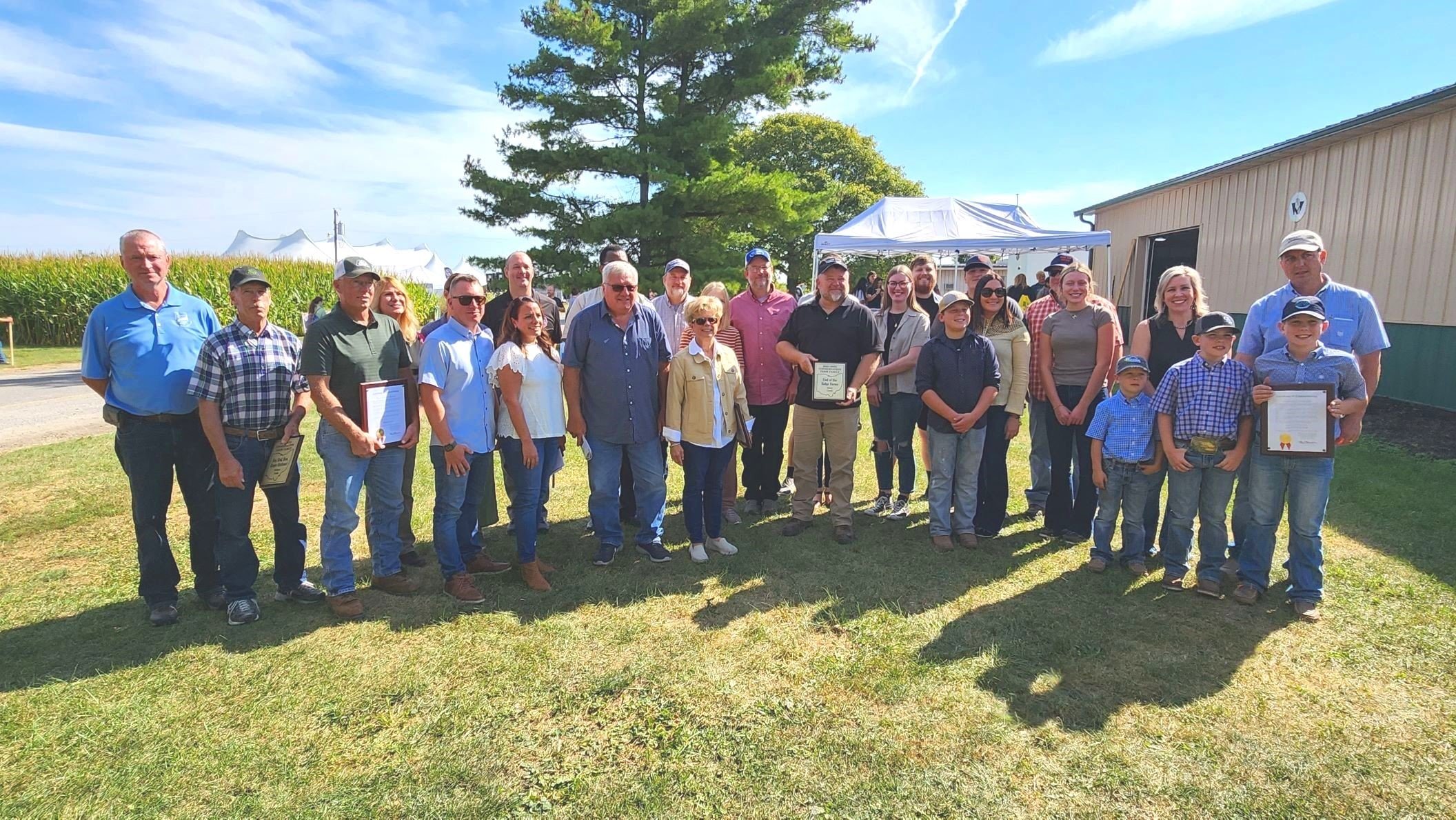
The five families honored were the Rethmel family, Todd and Melissa Miller, Julius (Jules) and Jodee Verhovec, Brent and Jenna Clark and the Wickerham family.
Read More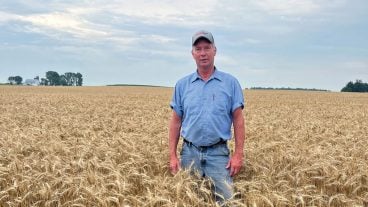
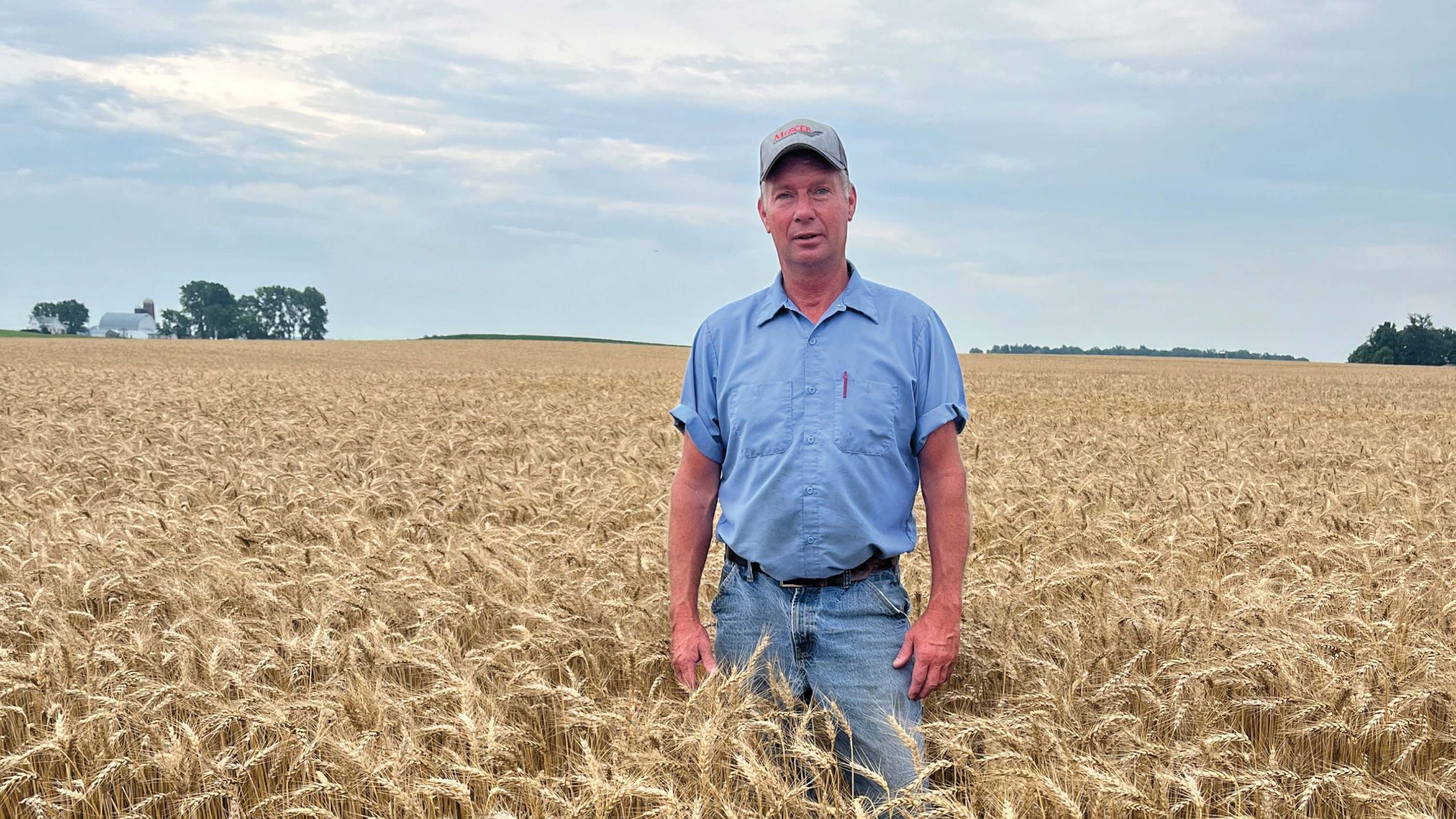
Gary Mescher and other farmers have not only learned, but implemented Nutrient Management Plan practices that now serve as models for how to manage agricultural runoff in the Western Lake Erie Basin.
Read More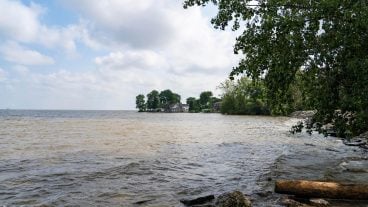
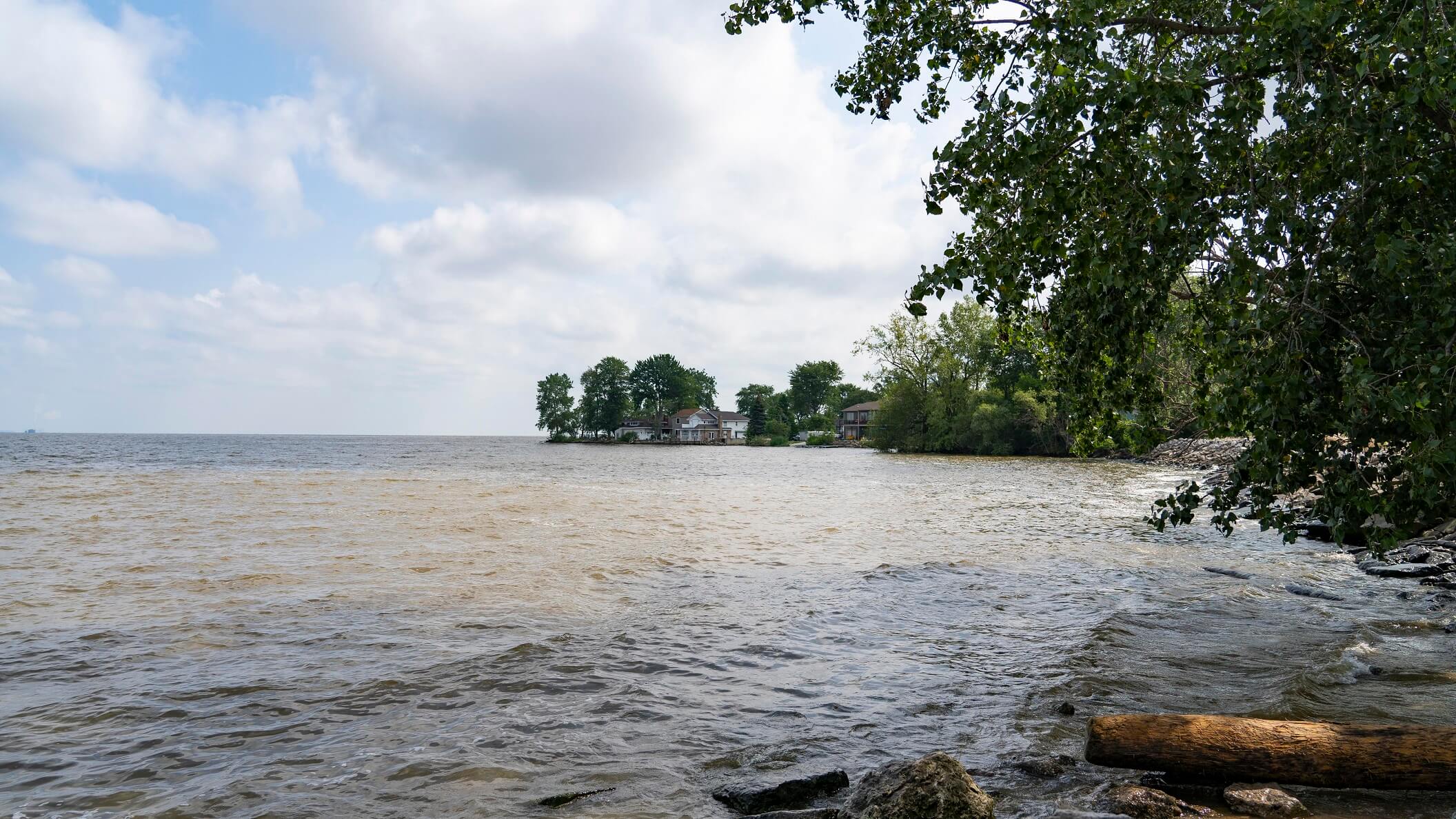
The 2023 algal bloom is expected to have a low severity index of 3, according to the final NOAA forecast.
Read More

The report highlights how the improvement of nutrient management in Grand Lake St. Marys is promising for what can be accomplished in other areas of Ohio.
Read More